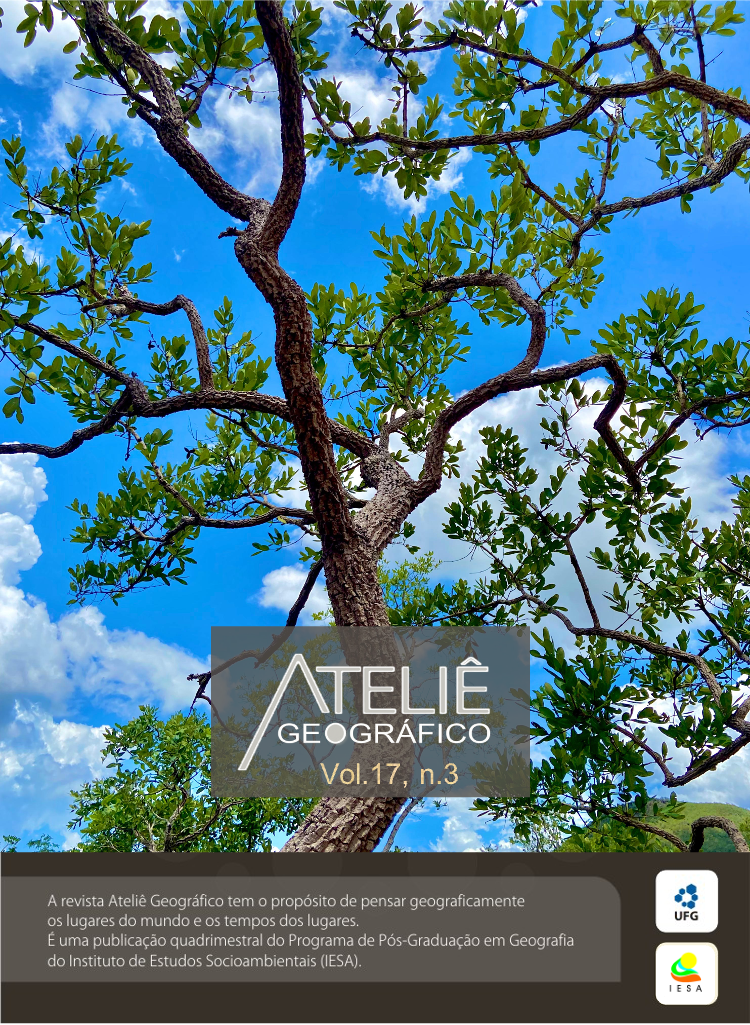Use of collaborative cartography for mapping the living spaces for students at a public university
DOI:
https://doi.org/10.5216/ag.v17i3.76265Abstract
Currently, a largepartofthepopulationhasaccesstolocationapplications, consequently, any individual canbecome a producerofVoluntaryGeographicInformation (VGI). In viewofthis, theobjectiveofthisworkistocarry out a collaborative mapping ofthe living spacesofGeographystudentsatFederal Universityof Santa Maria, in ordertounderstandthe social, economicandleisurerelationshipsthattheyexperience in Santa Maria (RS) and region. The projectwasdeveloped in theCanvisapplicationandthe points wereentered in QGIS 3.4. Studentscanbedividedintotwogroups: oneofthosewho live withtheirfamilies, live in peripheralneighborhoodsand use businesses such as largehypermarketchains; andanotherofthosewho use real estateservices, sincetheylived in municipalities in the interior, movingtothe Centro andCamobineighborhoods, withaccesstomediumtosmall businesses. The VGI data demonstratedtheimportanceoftheUniversity as a local and regional developmentfactor.
Keywords: VoluntaryGeographicInformation. Social Cartography. University. Territories.
Downloads
Downloads
Published
How to Cite
Issue
Section
License
Autores que publicam nesta revista concordam com os seguintes termos:- Autores mantém os direitos autorais e concedem à revista o direito de primeira publicação, com o trabalho simultaneamente licenciado sob a Licença Creative Commons Attribution que permite o compartilhamento do trabalho com reconhecimento da autoria e publicação inicial nesta revista.
- Os autores não serão remunerados pela publicação de trabalhos na Revista Ateliê Geográfico. Além disso, os conteúdos publicados são de inteira e exclusiva responsabilidade de seus autores, ainda que reservado aos editores o direito de proceder a ajustes textuais e de adequação às normas da publicação.
- Autores têm permissão e são estimulados a divulgar seu trabalho online (ex.: em repositórios institucionais ou na sua página pessoal), já que isso pode gerar alterações produtivas, bem como aumentar o impacto e a citação do trabalho publicado (Veja O Efeito do Acesso Livre).


